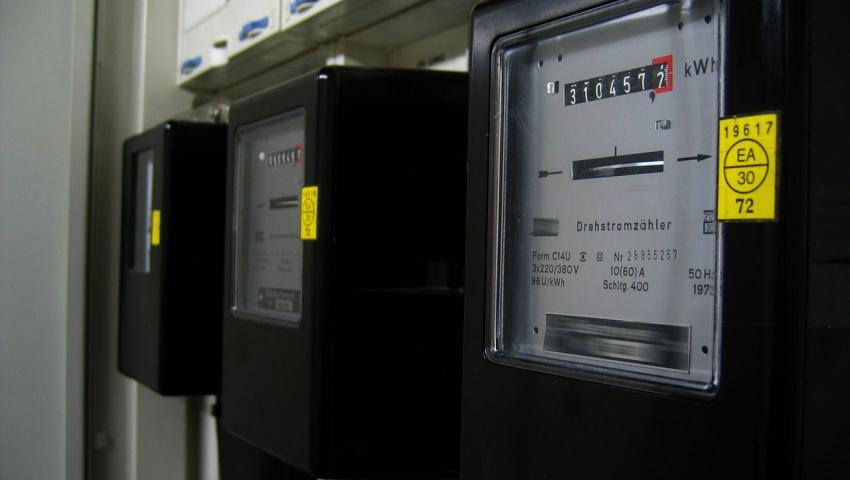Households can save up to 10% energy per year with clearer and more visual energy bills
Greenpeace – Bulgaria with an initiative to institutions and electricity distribution companies for engaging and more understandable electricity bills

From the beginning of July 2025, new, higher regulated electricity prices for household consumers in Bulgaria came into effect. Millions of households are about to receive their first bills under the new tariffs – in a period of economic difficulties and rising living costs.
In this context, today Greenpeace – Bulgaria sent an official appeal to the Ministry of Energy, the Energy and Water Regulatory Commission and the three electricity distribution companies in the country. With it, it insists that every opportunity for more efficient and sustainable energy consumption must be considered in order to reduce the pressure on households, even slightly, as well as to support the implementation of Bulgaria's climate goals.
In their letter to the institutions, the organization draws attention to an often underestimated, but skillfully applied in many countries tool for increasing energy efficiency and saving energy: the modern, visually understandable and personalized electricity bill.
Numerous scientific studies in the field of behavioral economics have proven for decades that a clear and more intuitive presentation of consumption data in the monthly invoice influences consumer habits and can lead to conscious and voluntary energy savings of up to over 10% per year.
Example of data visualization on an invoice for electricity and gas provided in October 2019. The client is a small household in Amsterdam, the Netherlands. The diagrams above (left for electricity, right for gas) show a comparison of consumption for standard households (electricity) and residential areas (gas). The diagram below shows a comparison of consumption with the same month last year, and the emoticons indicate whether or not a saving was noted.
European Union policies take this into account and require energy suppliers to provide their customers with graphical comparisons, diagrams and even references to advice for more sustainable consumption. However, these are not just regulatory requirements. This is a cheap, easy to implement and proven effective tool for influencing consumer behavior.
In addition to saving energy, this practice is a key element in preparing consumers for the introduction of smart meters and smart grids, which should also reach Bulgaria. In the context of the energy transition and the need for energy democratization, more and more households should be able to produce, store and share energy from renewable sources. To get there, citizens must have the right to understandable, personalized and dynamic information that engages them in the energy system in a transparent and motivating way.
Example of data visualization on the electricity bill of a small household in Amsterdam, the Netherlands. It has solar panels on its roof. As can be seen from the graph, from March to September it gives more electricity to the grid than it uses, from which it is charged a profit in these months, instead of an expense.
Suppliers in Western European countries competing in the conditions of a liberalized market can serve as an example for Bulgarian electricity distribution companies. In the monthly electronic invoices or in real time through mobile applications there we find clear, colored diagrams comparing current consumption with that of past periods or with similar households in the city or neighborhood. We see emoticons that provide an indication of whether the usual consumption has been exceeded or whether savings have been made – of money or carbon emissions. We find personalized tips for saving energy through more proper use of electrical appliances or through seasonal energy efficiency measures. Examples of similar good practices are also applied by Greenpeace – Bulgaria in its letter to the institutions.
All these ideas can and should be transferred to the bills of Bulgarian consumers, instead of the boring and uninvolving tables that we see at the moment. And the introduction of such practices does not require special investments from the companies. Clear and more intuitive visualization is a small, but concrete and easily achievable step towards achieving energy savings and a cleaner environment. Because the cleanest energy is precisely the saved one.
